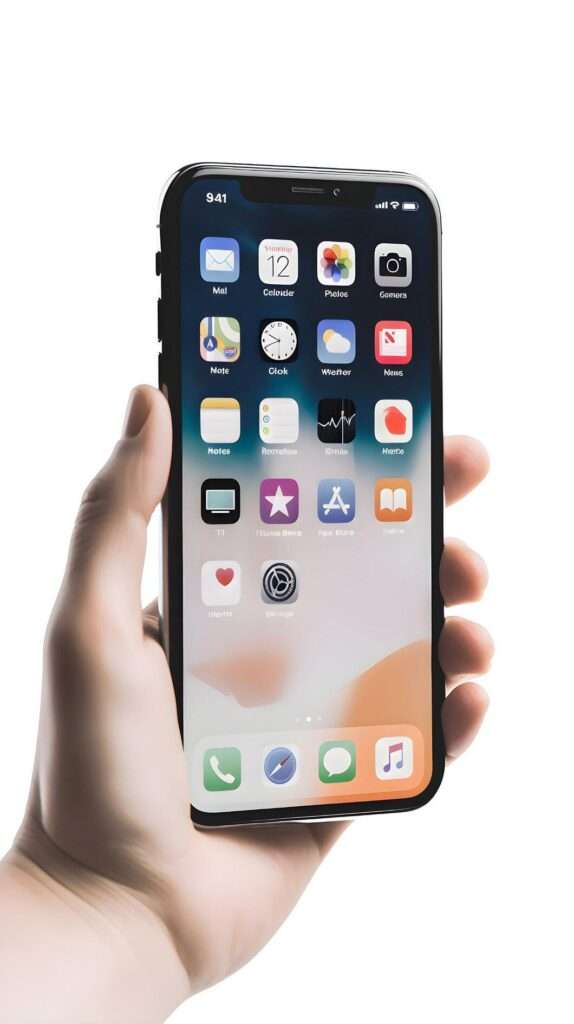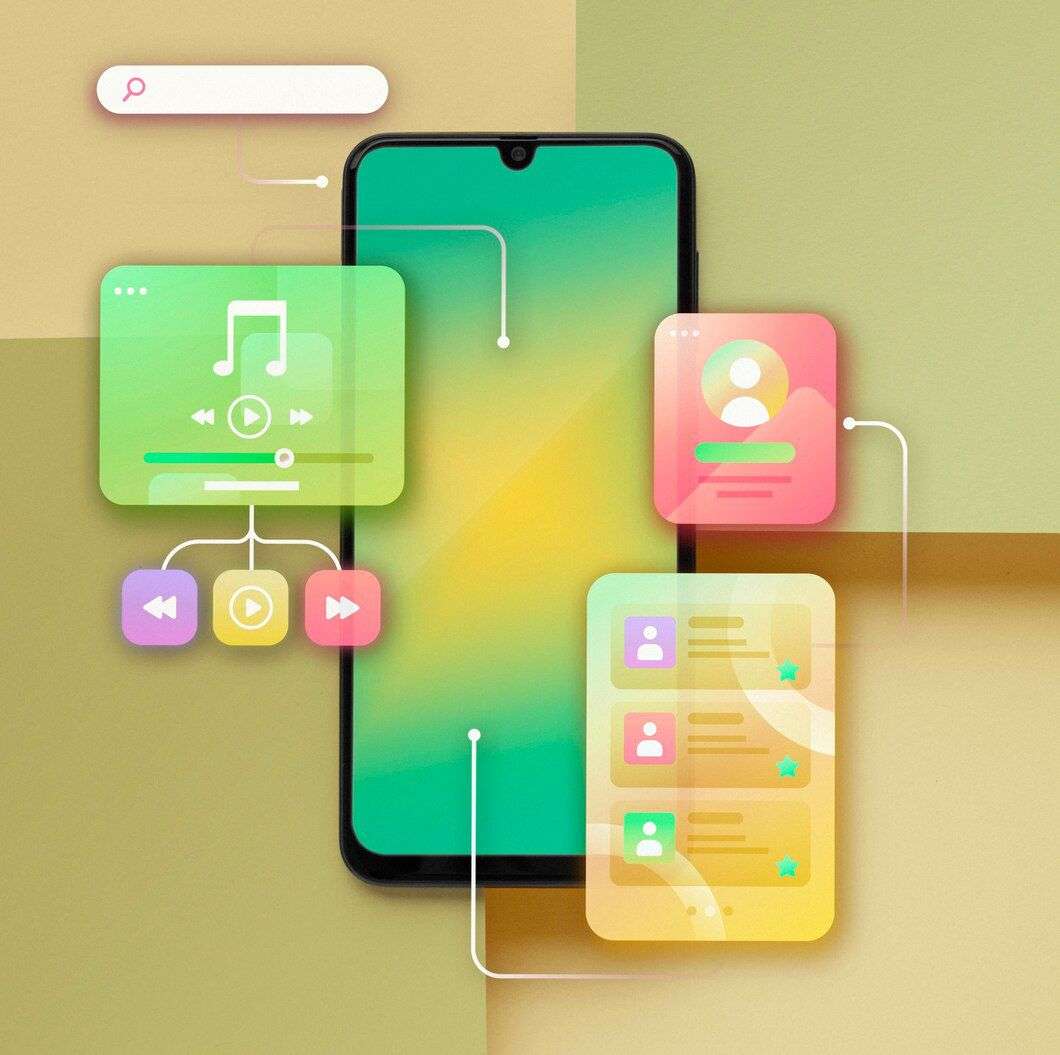The truth be told, we rely on our smartphones for every little tasks we want to carry out, And Sometimes, with the numerous amount of apps and notifications bombarding us daily, it’s easy to feel overwhelmed and lose track of what truly matters.
The key to enhancing productivity and efficiency lies in organizing and optimizing your mobile device’s home screen.
So In this post, i’ll Outline some important Tips on How to Organize and Optimize Your Phone’s Home Screen to meet your specific needs, to ensure a seamless and smoother experience on your phone.

1. Assess Your Needs and Prioritize
The first step in optimizing your mobile device’s home screen is to evaluate your usage patterns and priorities.
Take a moment to identify the essential apps and tools that you use frequently for work, communication, and Entertainment. Create a list of these apps, and rank them based on their importance in your daily life.
By doing so, you’ll have a clear understanding of what elements should take center stage on your home screen.
2. Keep it Simple: Reduce the Load on Your Home Screen
An overloaded home screen can lead to confusion and distractions.
To maintain a clean and organized layout, remove unnecessary apps and widgets. Be ruthless in your approach—uninstall apps that you rarely use and archive widgets that serve no purpose.
Remember, less is more, and a streamlined home screen will enable faster access to critical tools and enhance overall productivity.
3. Organize Apps by Folders
Grouping similar apps into folders is an excellent way to declutter your home screen further.
For example, categorize social media apps into one folder, productivity tools into another, and entertainment apps into a separate folder.
This system allows you to access apps with ease, reducing the time spent searching through numerous pages.
4. Prioritize Essential Apps on the First Page
The first page of your home screen should serve as a dashboard for your most crucial apps.
Arrange them in a way that aligns with your usage frequency and importance.
Ideally, place the most frequently used apps in the bottom dock, where they are easily accessible with one hand.
By creating a carefully curated first page, you’ll eliminate the need to navigate through multiple screens, streamlining your mobile experience.
5. Utilize Widgets Wisely
Widgets can be powerful tools when used thoughtfully.
Instead of overloading your home screen with widgets, be selective and opt for those that genuinely add value to your daily routine.
Weather updates, calendar events, and to-do lists are examples of widgets that can provide instant information without the need to open individual apps.
6. Embrace App Shortcuts
App shortcuts are quick actions that allow you to jump to specific sections within an app directly.
For instance, you can create a shortcut to compose a new email in your email app or navigate to a specific playlist in your music app.
By using app shortcuts, you can shave off valuable seconds from your interactions, improving overall efficiency.
7. Choose a Minimalist Wallpaper
The visual aspect of your home screen plays a crucial role in providing a sense of calm and focus.
Opt for a minimalist wallpaper that complements your app icons and doesn’t overwhelm the screen.
A simple, unobtrusive background will create a harmonious visual experience and help reduce distractions.
Check Out: How to Set Multiple Wallpaper on Your Android
8. Customize App Icon Layout
Both Android and iOS devices offer options to customize the app icon layout.
Experiment with different arrangements to find a configuration that suits your needs.
Some users prefer a strict grid layout, while others may opt for a more free-form style.
Play around with icon sizes, spacing, and orientation to create a visually appealing and personalized home screen.
9. Opt for a Dark Mode Theme
Several mobile devices now support a dark mode theme, which changes the color scheme to darker tones.
Dark mode not only reduces eye strain, especially in low-light environments, but it can also extend battery life on devices with OLED screens.
If available, consider enabling dark mode to create a visually pleasing and battery-efficient home screen.
10. Regularly Review and Update
Organizing and optimizing your home screen is not a one-time task; it’s an ongoing process.
As your needs change and new apps come into play, review your home screen regularly to ensure it remains efficient and clutter-free.
Remove apps you no longer use and rearrange elements based on evolving priorities.
To round things up
An organized and optimized home screen is the gateway to a more productive and efficient mobile experience.
By creating a personalized layout that enhances your daily interactions with your device, you’ll maintain an efficient home screen that supports your productivity and keeps distractions at bay and unlock the potential of your mobile device by following these simple and effective steps.

